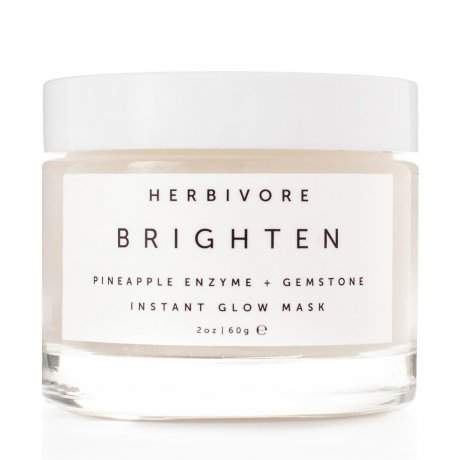Dear Megan,
How come my foundation cakes and looks terrible even though I pat it on instead of rubbing it in?
Hey love – been there, done that. Don’t worry, it’s not just you. Everyone has faced this problem at some point or another. Today we’ll dive into how to reduce the occurrence of cakey, uneven foundation.

What’s Causing Cakey Foundation?
My complexion changes with the weather and whatever acne regimen my derm has me on at the moment, so I know the struggle at a personal level.
I would suggest first looking at what foundation you’re using. Is it liquid, powder or cream? Light, medium or heavy coverage? Heavy liquid foundation and powders are more likely to “cake” or build up in an unpleasant way on skin, especially if your skin texture isn’t smooth like a baby’s bottom (mine sure isn’t!).
If you’ve ever watched the “100 coats of x” challenges, you know that stuff just cakes when over-applied. That’s the nature of the products. There’s no way around that. So maybe we should investigate what’s pushing you to over-apply.

Reasons for Cakey Foundation #1: You’re Using the Wrong Shade / Undertone
A sneaky way that foundation won’t look quite “right” is if it doesn’t exactly match your skin tone and undertone. So you want to cover and cover and cover until everything is even. Covering and covering is too much coverage! It will end up looking cakey.
Perhaps you should spend a day in Sephora trying out the different formulations. Most brands will even share the color and undertone (like in the chart above), so that you can figure out what works best for you. You can do an undertone test before you ever step foot in Sephora, so that you can automatically rule out 2/3 of the foundation bases and cut down your testing time.
Reasons for Cakey Foundation #2: Texture Issues
Another reason your foundation may be caking is that you have an uneven base to start off with. There’s not a whole lot we can do about this: some people simply have better skin texture than others.
If you’re having a skin texture issue, work it out with your derm. Get on a regimen that works for you.
You may also consider shaving your face with a small razor (seriously, most models / MUAs do; look it up). This will help give you a smooth canvas to paint on!
Reasons for Cakey Foundation #3: Dry, Flaky Skin
Applying paint (metaphorically) to a smooth surface is always easier than a bumpy one. Dry skin – especially if its flaky – will create all types of issues that make your foundation look cakey or unnatural. I have plenty of (selfie) photo evidence in my phone from times where my skin was going through rough patches (literally!); it’s not too pretty.
Regardless of skin type, a good chemical exfoliator 2-3x a week should help clear up the flakiness. I would suggest Herbivore’s Brighten Pineapple Enzyme Mask or their Blue Tansy Resurfacing Mask (recently reviewed here). Use the masks for up to 20 minutes before rinsing for a gentle chemical exfoliation that will leave skin bright, soft and smooth.
Also, using a primer oil like SHINE (by my brand, Amalie) or the instagram-famous Farsali oil, with an oval brush or makeup sponge will help very, very gently exfoliate away any dead skin for a smooth application.
Reasons for Cakey Foundation #4: You Forgot to Prime
Does your foundation wear off through the day? If so, you probably are inclined to layer on an extra heaping dose to make sure that it looks consistent throughout the day. I don’t blame you! But this can lead to a cakey look.
Using a good makeup primer will greatly cut down on the amount of foundation needed. I suggest using a tested, non-comedogenic makeup primer – like Hourglass Mineral Veil Primer – on all parts of the face and jawline before applying makeup.
Reasons for Cakey Foundation #5: You’re Using the Wrong Formulation, The Wrong Way
This probably should have been reason #1, because its the most obvious.
If you are using loads of powder, it will look cakey. Powder is meant to be light to medium coverage.
If you are using loads of liquid, it will look cakey. Liquid can range from light to full coverage, but its not meant to be used in layers and layers.
Finally, your foundation shouldn’t do all the work.
A good concealer – like Glossier’s Stretch Concealer (review here) – should be putting in work on the big ticket items, while foundation generally helps even out your complexion.
Personally, my best results have come from using Dior’s Nude Air Foundation. It feels like light coverage (like a light oil), but wears like medium coverage. I always brush it into my skin with a foundation air brush, using medium sized circles.
I follow this routine almost daily, then cover any small imperfections with Glossier’s Stretch Concealer (review) and a concealer brush, because of it’s awesome full coverage with the stretchy, flexibility of real skin.
If you watch any of my makeup tutorials, you’ll see me follow a similar routine using similar products.
You can do this hun! You’ll find a routine that works for you. Good luck ?




